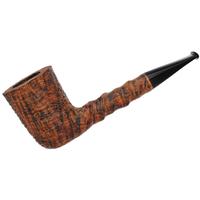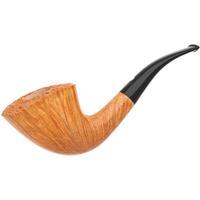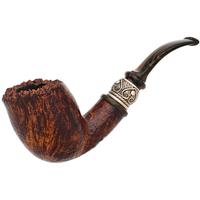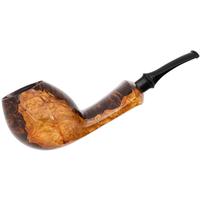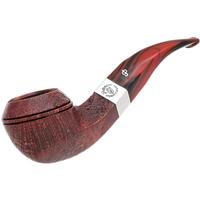I'm no pro, that's for sure. I just used to be very into it and it was my main activity on weekends when my kids were much younger and didn't really do much. Now they are teenagers and always have something going on during the weekends.Mate you sound like a pro, you defo should get back into it!
I'll be sure to post pictures of the brew!
I've been planning to get back into it for a while, but I sold off my system a few years ago, so I'll have to piece it back together. There are a few changes that I would like to make. Main one is my fermenters were way too big for the amount of beer I could brew/consume.
My favorite beer to make is a German Maibock. If you already know what it is, then ignore the next few lines. LOL.
It's basically the bookend to an Octoberfest/Marzen. Germans brewing used to be based on the seasons, so in the Summer months, Pilsners were preferred because they were lighter, hoppier and crisp. Perfect for the warm months.
As you move to Fall, you get Octoberfest and some Bocks that are much more malt-forward and less hoppy. Wintertime brings the Doppelbocks with their higher alcohol and sweeter finish and dark malts to keep you warm.
As Spring approaches, the Maibock comes into play. It is amber and malty, like an Octoberfest, but it is hoppier to give it a crisper feel so it can transition to the Pilsners of Summer.
I used to do a triple decoction mash (a major pain in the ass) which gave it this caramel malt mouthfeel. Usually came in around 7% abv, so it was very drinkable and nice change of pace to a traditional Pilsner in the Florida heat.
I did win a few medals in a couple of statewide competitions here. Won gold for my Belgian IPA, and bronze for my Imperial Stout.
Hope you stick with it. It is a great hobby and you can experiment with just about anything and create some great beverages.
@cosmicfolklore - your ginger beer sounds amazing! I may have to try that since I don't need any boiling/mash equipment.



